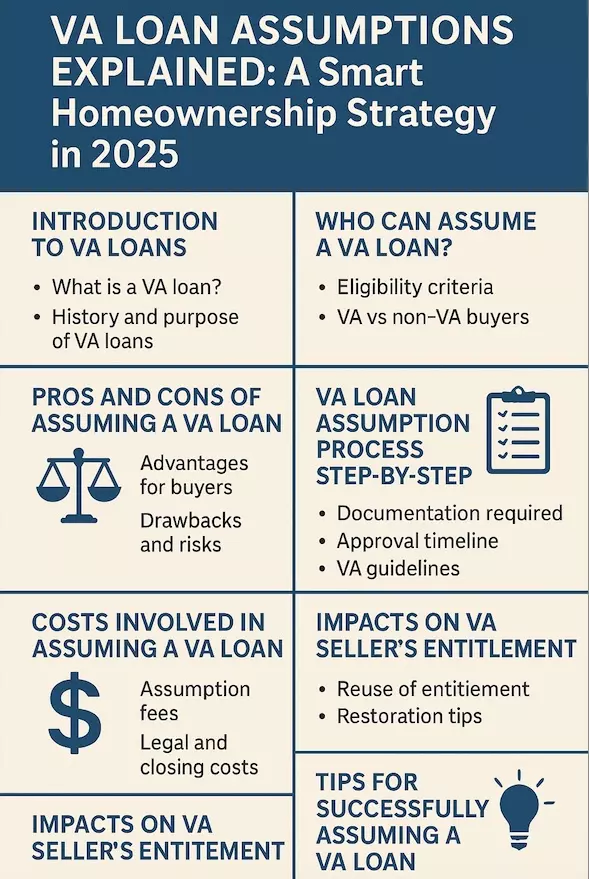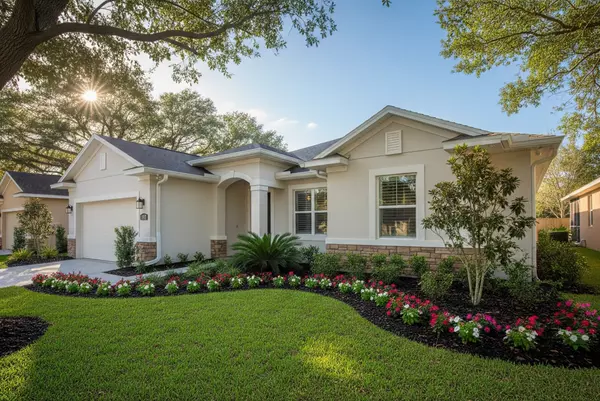Understanding FEMA’s 50% Rule and Its Impact on Rebuilding After Hurricanes

Introduction
Rebuilding after a hurricane can be daunting, especially when federal regulations like FEMA's 50% rule come into play. This rule, designed to enforce resilient building standards, has profound implications for homeowners, investors, and real estate professionals. Here's a breakdown of the key points from a recent podcast on navigating this challenging regulation.
What Is FEMA's 50% Rule?
The FEMA 50% rule stipulates that the cost of improvements to a property in a flood zone cannot exceed 50% of the building's depreciated value, excluding the land. This rule ensures structures in high-risk flood zones are updated to meet modern safety standards or replaced with flood-resilient designs.
Key points:
- Only the building's value, not the land, is considered.
- Renovation costs exceeding 50% require compliance with current floodplain management regulations.
- Non-compliance can result in denied flood insurance and permit rejection.
Challenges for Homeowners and Investors
- Limited Renovation Budgets:
Many older homes with low depreciated values offer limited scope for improvements. For instance, if a property’s building value is $140,000, the renovation cap is $70,000—a sum often insufficient for substantial repairs. - Negligence in Disclosure:
Some real estate agents and sellers fail to inform buyers about the rule, leading to costly surprises. Buyers unaware of these restrictions may face significant financial setbacks. - Enforcement Measures:
Municipalities use advanced tools like AI and drones to identify unauthorized renovations. Penalties include forced demolition or costly retroactive permits.
Blog: Understanding FEMA’s 50% Rule and Its Impact on Rebuilding After Hurricanes
Introduction
Rebuilding after a hurricane can be daunting, especially when federal regulations like FEMA's 50% rule come into play. This rule, designed to enforce resilient building standards, has profound implications for homeowners, investors, and real estate professionals. Here's a breakdown of the key points from a recent podcast on navigating this challenging regulation.
What Is FEMA's 50% Rule?
The FEMA 50% rule stipulates that the cost of improvements to a property in a flood zone cannot exceed 50% of the building's depreciated value, excluding the land. This rule ensures structures in high-risk flood zones are updated to meet modern safety standards or replaced with flood-resilient designs.
Key points:
- Only the building's value, not the land, is considered.
- Renovation costs exceeding 50% require compliance with current floodplain management regulations.
- Non-compliance can result in denied flood insurance and permit rejection.
Challenges for Homeowners and Investors
- Limited Renovation Budgets:
Many older homes with low depreciated values offer limited scope for improvements. For instance, if a property’s building value is $140,000, the renovation cap is $70,000—a sum often insufficient for substantial repairs. - Negligence in Disclosure:
Some real estate agents and sellers fail to inform buyers about the rule, leading to costly surprises. Buyers unaware of these restrictions may face significant financial setbacks. - Look-Back Period Restrictions:
Some municipalities enforce a “look-back” period of up to five years, meaning any past renovations count toward the 50% cap. This rule does not reset with new ownership and varies by location, making it vital to verify specific local guidelines.
Solutions and Strategies
- Accurate Appraisals:
Obtaining an appraisal that reflects the building's true value is crucial. FEMA-specific appraisals can sometimes yield higher values, allowing for more extensive renovations. - Plan for Compliance:
Renovations should prioritize critical systems like roofing and HVAC, which often consume a significant portion of the allowed budget. - Consider New Builds:
For properties with extensive damage, new construction may be more viable than attempting renovations under the 50% rule.
Opportunities in the Current Market
- Investing Outside Flood Zones: Properties in safer areas are more appealing post-storm, offering better long-term returns.
- Buy and Hold: Holding properties instead of flipping can reduce short-term risks and align with inventory cycles.
- Off-Market Deals: The surge in off-market inventory post-hurricane presents opportunities for savvy investors to acquire properties at discounted rates.
A Forward-Looking Perspective
Despite its challenges, the FEMA 50% rule has long-term benefits. By encouraging resilient construction, it minimizes future flood risks and protects property values. This regulation reflects the evolving realities of climate change and the need for sustainable development in vulnerable areas like Florida.
Conclusion
Navigating FEMA’s 50% rule requires a combination of due diligence, strategic planning, and informed decision-making. Whether you’re a homeowner, investor, or real estate professional, understanding this regulation can help you turn challenges into opportunities while contributing to safer, stronger communities.
For more insights on real estate and flood zone management, stay tuned for updates or contact our team at PMI South Tampa!
Categories
Recent Posts










GET MORE INFORMATION
Broker-Owner
